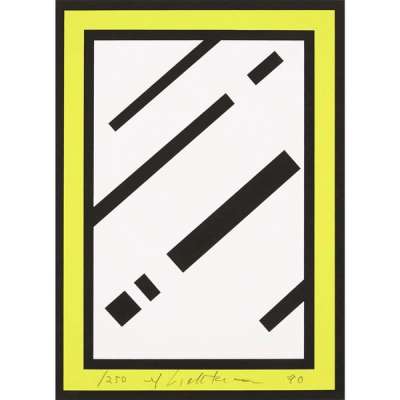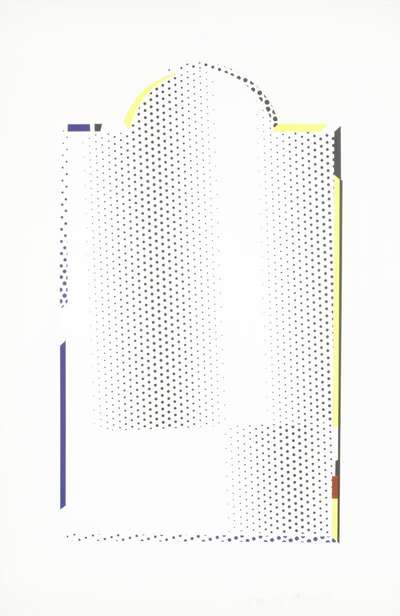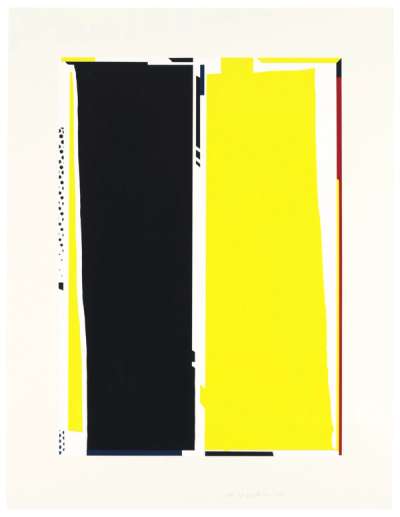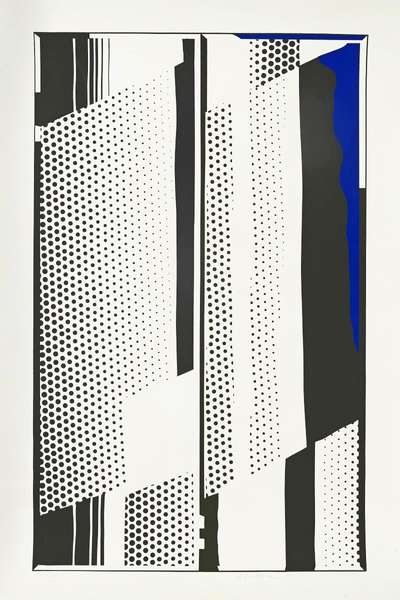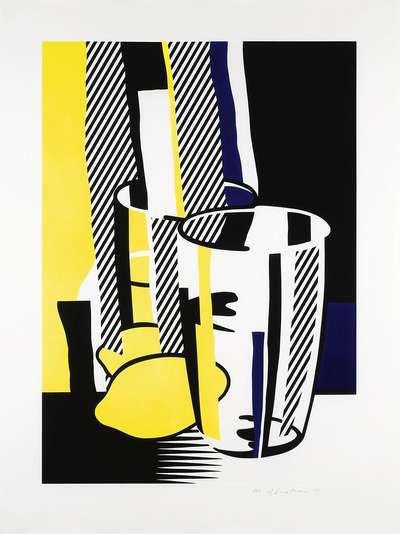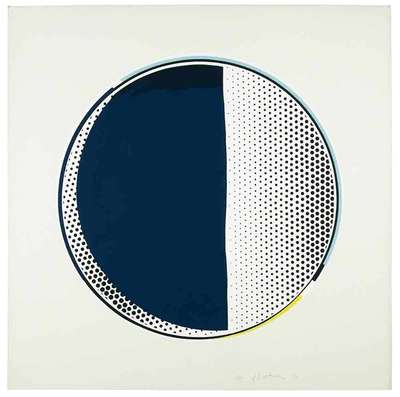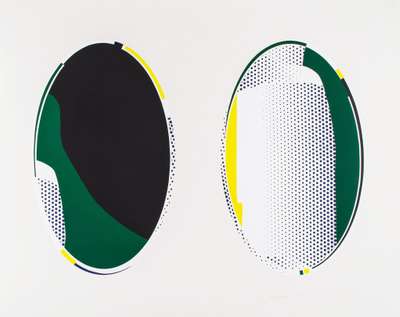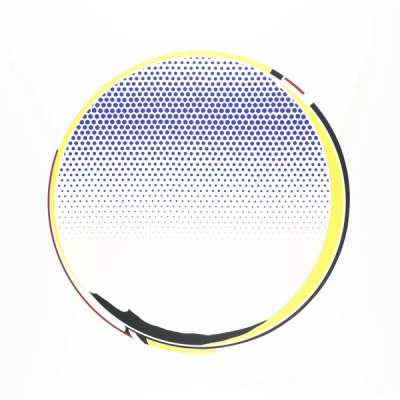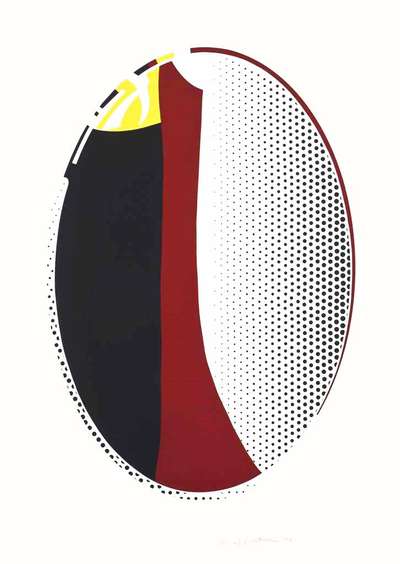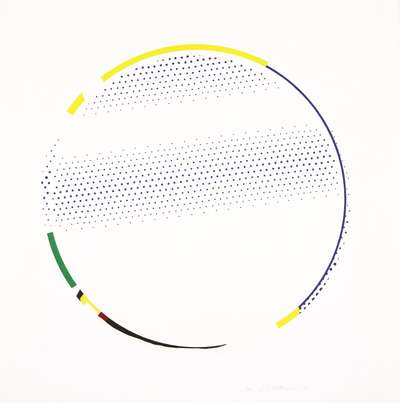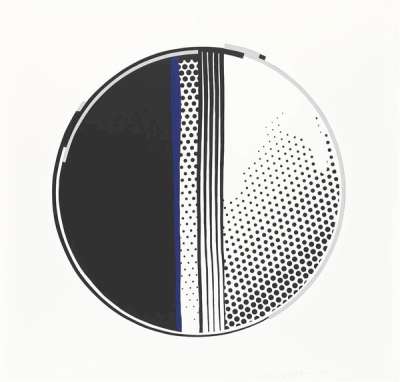
Mirror #4
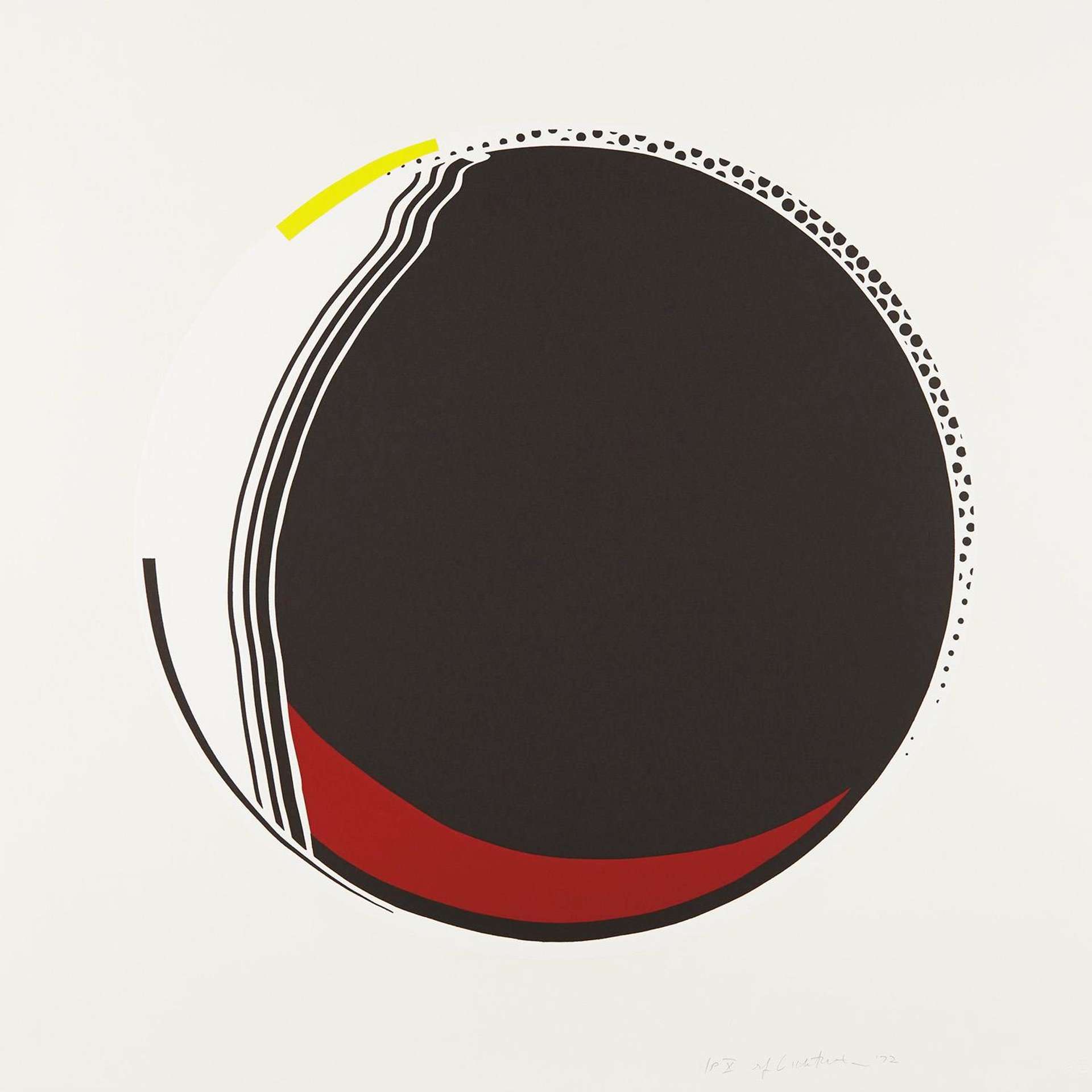
Mirror #4
Signed Print
Roy Lichtenstein
£10,500-£16,000Value
Indicator
$20,000-$30,000 Value Indicator
$18,000-$28,000 Value Indicator
¥100,000-¥150,000 Value Indicator
€12,500-€19,000 Value Indicator
$100,000-$160,000 Value Indicator
¥1,990,000-¥3,040,000 Value Indicator
$13,500-$20,000 Value Indicator
AAGR (5 years) This estimate blends recent public auction records with our own private sale data and network demand.
There aren't enough data points on this work for a comprehensive result. Please speak to a specialist by making an enquiry.
Medium: Screenprint
Edition size: 80
Year: 1972
Size: H 71cm x W 71cm
Signed: Yes
Format: Signed Print
TradingFloor
MyPortfolio
Your collection tracked in real time.
Build your portfolio, manage valuations, view return against your collection and watch works you're looking for.
Track auction value trend
Auction Results
| Auction Date | Auction House | Artwork | Hammer Price | Return to Seller | Buyer Paid |
|---|---|---|---|---|---|
| March 2023 | Sotheby's New York - United States | Mirror #4 - Signed Print | |||
| September 2020 | Phillips London - United Kingdom | Mirror #4 - Signed Print | |||
| March 2019 | Sotheby's London - United Kingdom | Mirror #4 - Signed Print | |||
| October 2018 | Phillips New York - United States | Mirror #4 - Signed Print | |||
| April 2012 | Christie's New York - United States | Mirror #4 - Signed Print | |||
| April 2012 | Christie's New York - United States | Mirror #4 - Signed Print | |||
| May 2008 | Sotheby's New York - United States | Mirror #4 - Signed Print |
Meaning & Analysis
Roy Lichtenstein’s Mirrors review the symbolic status attributed to mirrors throughout history. The artist began this series in the late 1960s and concluded it in the early 1990s. In art and mythology, mirrors have been used to reveal complex perspectives and invisible truths. Lichtenstein’s enigmatic sequence follows the conventions of object painting, keeping the formal characteristics of his mirrors intact. However, the artist dismisses the item’s symbolism and functionality, liberating it from its intended purposes.
Mirror #4, executed in 1972, captures an enlarged circle rendered in dark brown and red. Yellow stripes and black dots crowd the edges of the geometric shape, marking its framework. The slightly distorted, curving lines on the left of the circle allude to the reflective attributes of glass. Lichtenstein’s abstract patterns both constitute and obscure the central image, presenting a mirror entirely devoid of reflections. Thus, Mirror #4 is as much a misrepresentation, as it is an illustration of a familiar object.
Over the course of his career, Lichtenstein embarked on several other series dealing with vision and representation. His Water Liliesand Reflections, for instance, explore various perceptions of light and reflection. Meanwhile, Lichtenstein’s Entablatures delve further into object painting, reproducing enlarged architectural fragments as their main composition.
